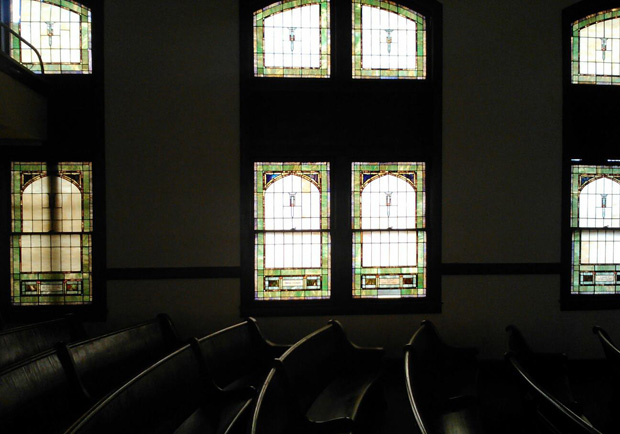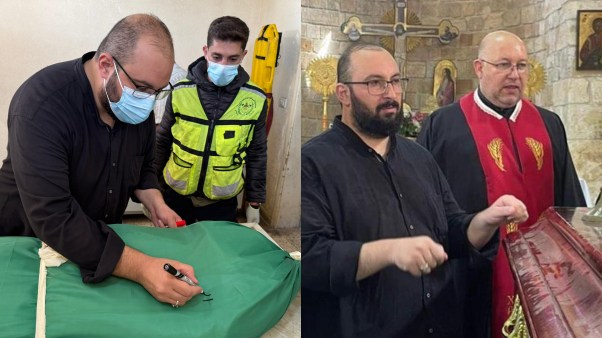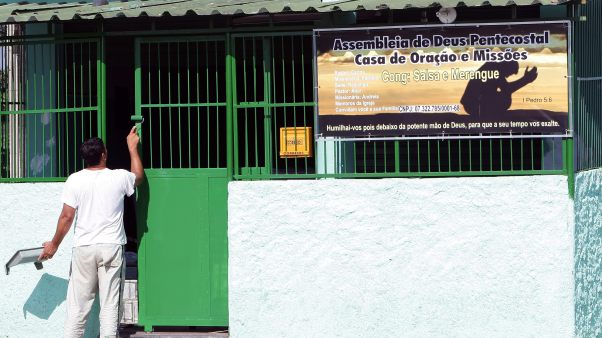Pastor Mike Connaway's newly planted VLife Church hasn't started holding official services. Yet the youthful nondenominational congregation is already embracing its new home at the previously vacant Trinity Presbyterian Church, one of the oldest church buildings in McKinney, Texas.
"All of our 20-somethings love this old building," he said. "This reminds them of a time when life wasn't broken."
Across the country, old mainline and Catholic sanctuaries are finding new life as evangelical churches upcyle and renovate them for modern use, says Gary Nicholson, director of LifeWay Architecture.
Seattle-based megachurch Mars Hill made a name for itself using the warehouse-church model. Yet it recently signed a five-year lease to use First United Methodist Church in downtown Seattle, one of the oldest churches in the city. It also purchased the downtown First Congregational Church building in nearby Tacoma.
Similar acquisitions by evangelical churches—including Oasis Church in Los Angeles, City of Grace in Phoenix, and Sojourn Community Church in Louisville, Kentucky—may reflect a cultural shift in thinking about worship and finances.
According to Nicholson, young churches that renovate old buildings and those that lease office or warehouse space are part of the same trend: leveraging facilities more wisely by acquiring rather than constructing. The trend is consistent with recent data from the Federal Reserve Bank of St. Louis, which shows that monthly construction spending on religious institutions has fallen nearly $5 billion since 2002.
Connaway says young worshipers want authenticity, so the building matters. Even though VLife is contemporary, the 19thcentury pews and vintage light fixtures of its new home are important connections to tradition. "We get to lay hold of that heritage," he said, "and the young people—they just get it. Something subconscious in them [says], 'This is what it's supposed to be like.'"
Still, renovations—whether for a warehouse or for an existing church building—cost money. Mars Hill paid $1.9 million for the Tacoma church, which required an additional $600,000 in improvements.
As a result, Daniel Silliman, an instructor in American religion at the University of Heidelberg, says there is no need to be pessimistic. Whether spent on new buildings or just maintenance and repairs, $3.5 billion per month is still "a lot of money," he said. "It's not the dusk of religious construction in America."










